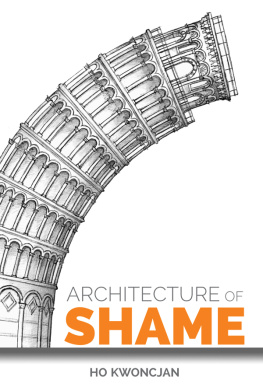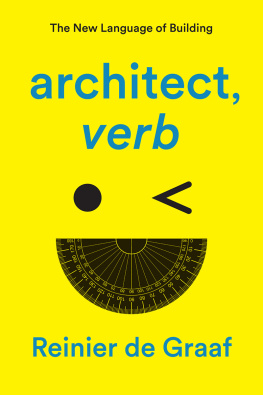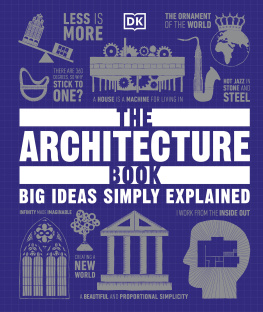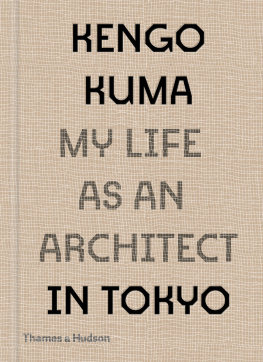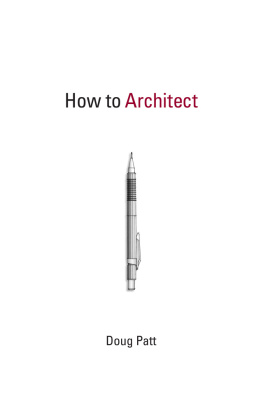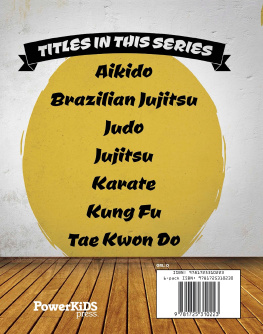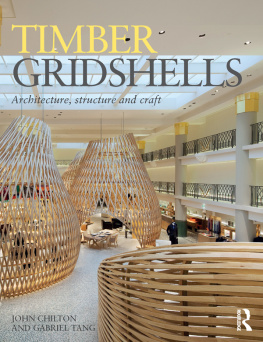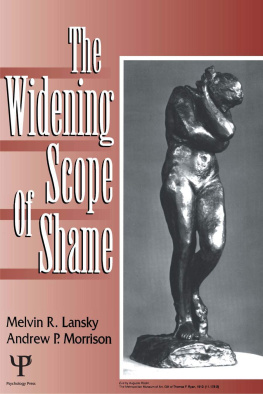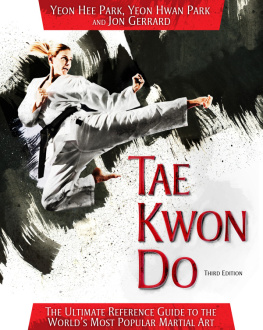
2019 Marshall Cavendish International (Asia) Private Limited
Published by Marshall Cavendish Editions
An imprint of Marshall Cavendish International

All rights reserved
No part of this publication may be reproduced, stored in a retrieval system or transmitted, in any form or by any means, electronic, mechanical, photocopying, recording or otherwise, without the prior permission of the copyright owner. Requests for permission should be addressed to the Publisher, Marshall Cavendish International (Asia) Private Limited, 1 New Industrial Road, Singapore 536196. Tel: (65) 6213 9300. E-mail:
Website: www.marshallcavendish.com/genref
The publisher makes no representation or warranties with respect to the contents of this book, and specifically disclaims any implied warranties or merchantability or fitness for any particular purpose, and shall in no event be liable for any loss of profit or any other commercial damage, including but not limited to special, incidental, consequential, or other damages.
Other Marshall Cavendish Offices:
Marshall Cavendish Corporation, 99 White Plains Road, Tarrytown NY 10591-9001, USA Marshall Cavendish International (Thailand) Co Ltd, 253 Asoke, 12th Flr, Sukhumvit 21 Road, Klongtoey Nua, Wattana, Bangkok 10110, Thailand Marshall Cavendish (Malaysia) Sdn Bhd, Times Subang, Lot 46, Subang Hi-Tech Industrial Park, Batu Tiga, 40000 Shah Alam, Selangor Darul Ehsan, Malaysia.
Marshall Cavendish is a registered trademark of Times Publishing Limited
National Library Board Singapore Cataloguing-in-Publication Data
Name: Ho, Kwoncjan.
Title: Architecture of shame / Ho Kwoncjan.
Description: Singapore : Marshall Cavendish, [2019]
Identifier(s): OCN 1110546989 | eISBN: 978 981 4868 67 9
Subject(s): LCSH: Singaporean fiction (English) | Architecture--Fiction. | Architecture--History.
Classification: DDC S823--dc23
Printed in Singapore
CONTENTS
DEDICATION
When anthropologist Margaret Mead did her research in Samoa, she took a short holiday at a nearby island, where cannibalism was still practiced. Needing some coffee, she entered a provision store where she saw three glass jars, crammed with human brains.
The first jar was labelled: Engineers Brains, $5.00/gram.
The second jar: Accountants Brains, $7.00/gram.
But, the third one surprised her: Architects Brains, $1,000.00/gram.
She asked the shopkeeper: Why are the architects brains so valuable? Is it because they are creative, imaginative and talented?
The shopkeeper gave her a hard look. Lady, have you any idea how many architects we have to kill, just to get one lousy gram?
After completing her research, Ms Mead returned to the same island, and to the same provision shop. Everything was the same, or almost:
Engineers Brains, $5.00/gram.
Accountants Brains, $7.00/gram.
Architects Brains, $0.50/gram.
She turned and stared at the shopkeeper. Whats going on? Why did the architects brains become so cheap? Last time it was a thousand dollars per gram and now its just fifty cents!
The shopkeeper beamed. Technology, madam! We now have a new device it just sucks the brains out of their ears! Five seconds flat and they walk out whistling!
Ms Mead was stunned. You mean they are still alive?
The shopkeeper sighed. Lady, everybody knows that architects never use their brains.
This book is dedicated to my fellow-architects and their microscopic brains.
PREFACE
Every year, schools of architecture around the world hatch out batches of fresh-faced architects, bright-eyed and bushy-tailed, eager to inflict their talent on the long-suffering world.
But before receiving their degrees, the graduates are herded into the schools underground dungeon. You may not believe it, but every school of architecture has such a secret dungeon, cold and dank, lit by flickering torches, tastefully decorated with iron shackles and skeletons. Here the trembling graduates are told the dirty secrets of our profession: the boo-boos, blunders and misdeeds of various architects down the ages, resulting in
A hole in the middle of a roof
A bakery that exploded
A cathedral with mismatched towers
A temple built ass-backward
A tomb the corpse cant get into
These are shameful secrets, whispered by one generation of architects to the next, but carefully kept hidden from the rest of world. And to enforce it, the Dean of the faculty then appears, masked and dressed in black like Torquemada the Head of the Spanish Inquisition and the graduates are forced, at sword point, to swear an Oath of Silence.
and if I whisper a word of this to anyone, or post it on Facebook or Instagram, may the lightning strike me; may I die a thousand deaths! May I be crucified upon my T-square, and my laptop explode on my lap; may my ACAD files turn to mush, my SketchUp files turn to ketchup, and my very cursor be cursed
Oh, it is a terrible oath, the equivalent of omert, the Mafia code of silence. If you betray it, you will find on your pillow, not a horses head, but your own.
Why such secrecy?
Because if the public finds out what we architects really do (aside from doodling endlessly) well all be out on the streets, selling apples (or worse, durians) from little carts. And not only architects, but engineers, surveyors, masons and carpenters will also suffer the same fate.
Nobody will dare to build anything anymore, and well all end up living in caves.
But it is time the world learnt the truth. I will break this tyranny of silence, this omert! In these pages I will dare to point fingers and name names, and reveal the idiotic mistakes and nefarious skullduggery practised by my profession not to mention contractors and owners down the ages, right up to modern times.
Dear reader, brace yourself to face the shocking truth.
THE REAL SECRET OF THE PYRAMID
Probably more nonsense had been written about the Great Pyramid of Cheops than any other building on Earth: it was built by aliens from outer space; it was an ancient astronomical observatory; it focused cosmic power and sharpened razor blades However, the real mystery was this: for a building of such enormous size, why does it contain so little space?
Until recently, it was thought that the Great Pyramid contained only a Descending Corridor, which led to an Ascending Corridor (apparently King Cheops couldnt quite decide whether to go up or down) plus a few small chambers, today all empty. And these chambers are small smaller than a squash court, which makes one wonder where did the King store his food, clothes, jewellery, furniture and all the other luxuries he surely needed for the Afterlife?
Why build such a massive tomb with virtually no useable space inside?
In 2018, Egypt sent a top-secret team to Singapore to learn from our Captive Merlion Breeding Programme. (If you think the Merlion is invented by the Singapore Tourism Promotion Board in a fit of phantasmagoria, learn that our genetic engineers had grafted genes from an orangutan into a dugong.)

